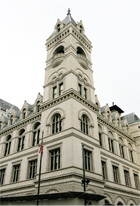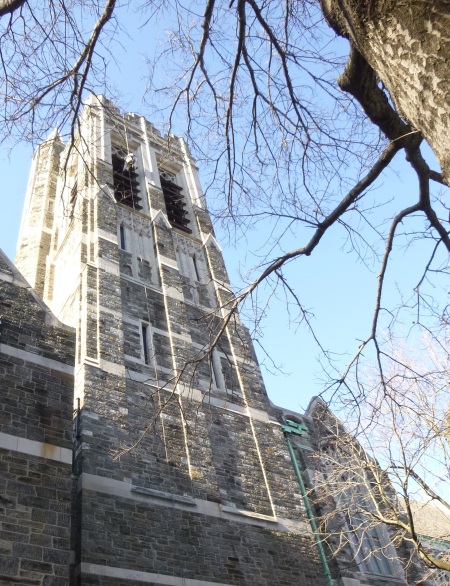In April of 2015, the Friends of NCPTT, the World Monuments Fund, the American Institute of Architects St. Louis, Washington University in St. Louis, and the Jefferson National Expansion Memorial partnered to jointly present a symposium on the preservation of Mid-Century modern structures in St. Louis, MO. This three-day event brought experts together to present an in-depth understanding of the history, use, and preservation of materials found in Mid-Century modern architecture.
Evan Kopelson, partner at Vertical Access and Nancy Hudson, associate at Silman, co-authored the presentation Investigating and Understanding the New York State Pavilion’s Tent of Tomorrow and Observation Towers. It gives an overview of the New York State Pavilion’s innovative design and engineering, describes the current condition of the Tent of Tomorrow and Observation Towers, highlights the importance of archival research in revealing construction methods and details, and addresses reuse challenges. The entire presentation is available for viewing below.
[youtube https://www.youtube.com/watch?v=c53kMDDaDGQ]
Nancy R. Hudson has 20 years of consulting structural engineering experience. Ms. Hudson joined Silman in 2005 and was named an Associate in 2007. Her projects include the restoration of the Solomon R. Guggenheim Museum, Restoration of New York City Hall and Restoration of Wyoming State Capitol. She is a member of the Structural Engineers Association of New York (SEAoNY) and the Association for Preservation Technology (APT). Ms. Hudson has a Master of Science in Civil Engineering and a Bachelor of Science in Architectural Engineering from the University of Colorado at Boulder.
Evan Kopelson is an architectural conservator with over twenty years of experience in the documentation and investigation of historic buildings. He is Vertical Access’ partner-in-charge of teams performing existing condition surveys, in situ testing services, and the characterization of building materials and finishes on buildings and bridges. Evan is a member of the ASTM Committee E06 on Performance of Buildings, and is a professional associate of the American Institute for Conservation, having formerly served as secretary/treasurer of the AIC’s Architecture Specialty Group. Evan has also served as vice-president of the Western Chapter of the Association for Preservation Technology International.




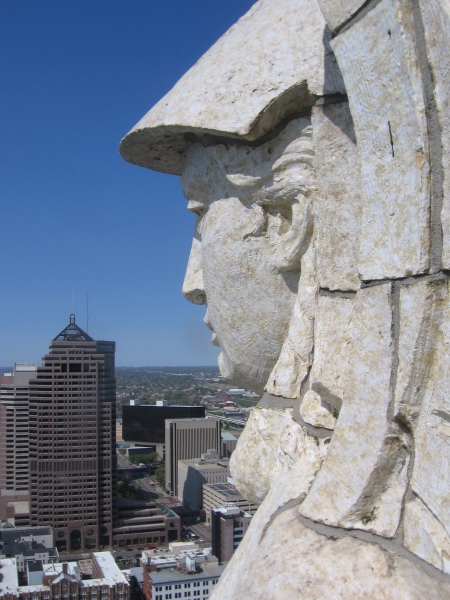
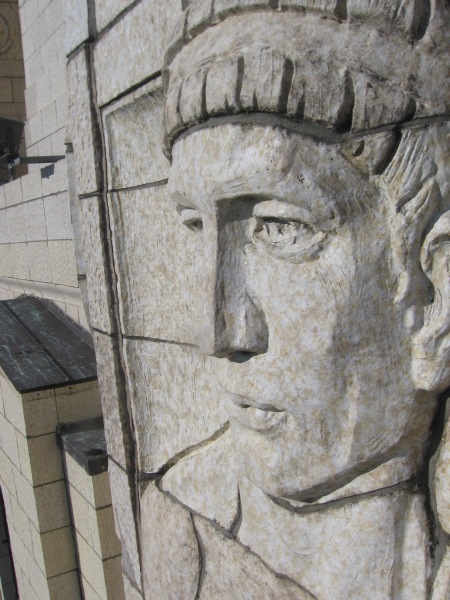
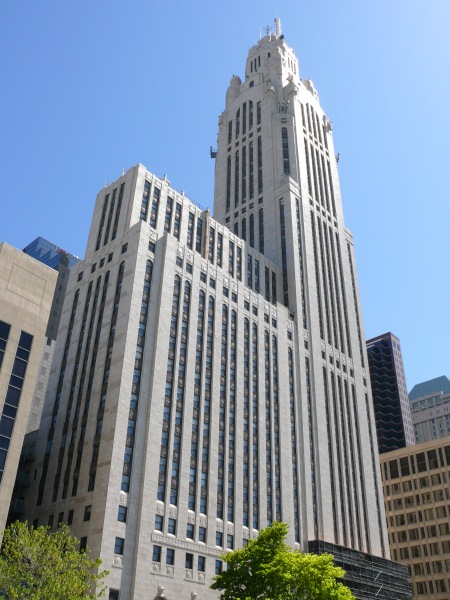
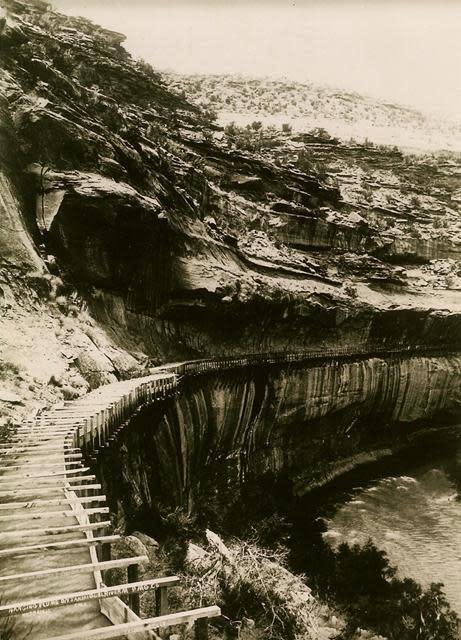
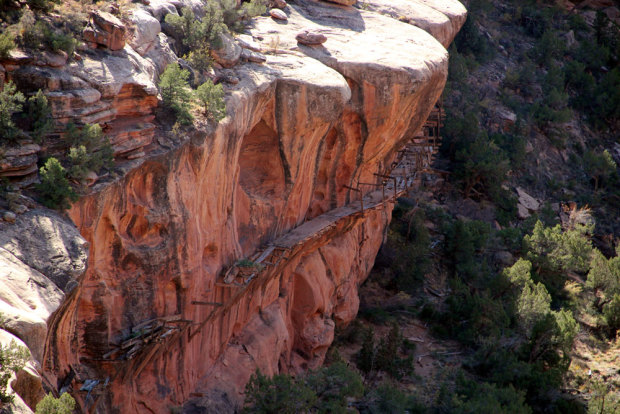
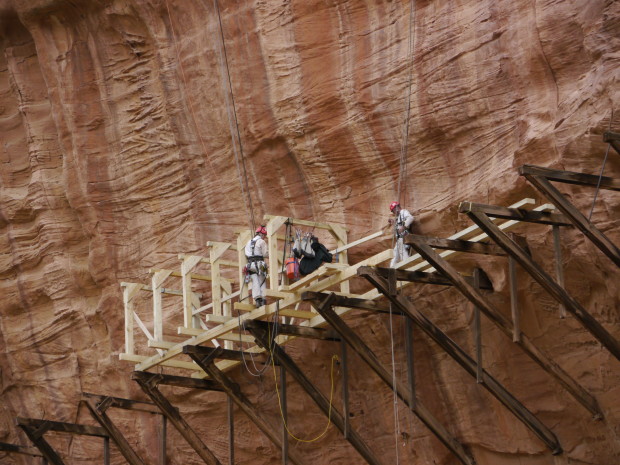
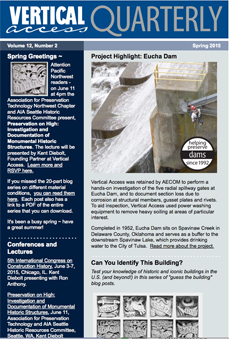
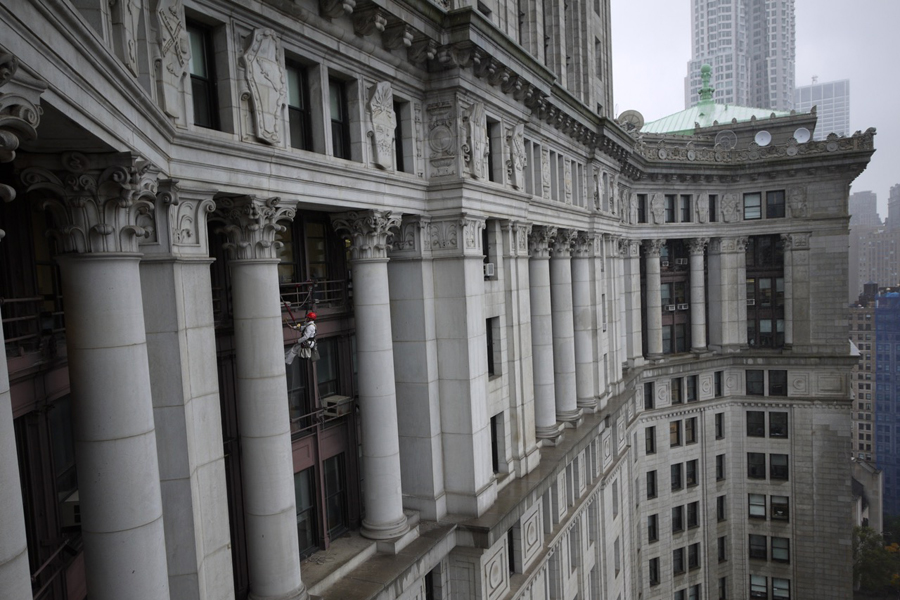
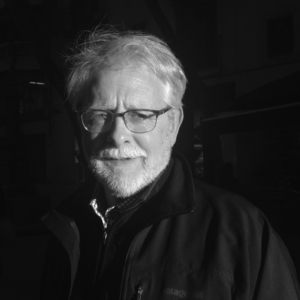 Kent Diebolt is the founder of Vertical Access and has been the principal-in-charge for most investigation, testing and inspection projects performed by Vertical Access over the firm’s 22-year history. Since the first Vertical Access project in 1992, Kent and his team have inspected numerous historically significant buildings, constructed of a wide variety of materials. He is an active participant and is a leader in professional preservation and rope access organizations.
Kent Diebolt is the founder of Vertical Access and has been the principal-in-charge for most investigation, testing and inspection projects performed by Vertical Access over the firm’s 22-year history. Since the first Vertical Access project in 1992, Kent and his team have inspected numerous historically significant buildings, constructed of a wide variety of materials. He is an active participant and is a leader in professional preservation and rope access organizations.
